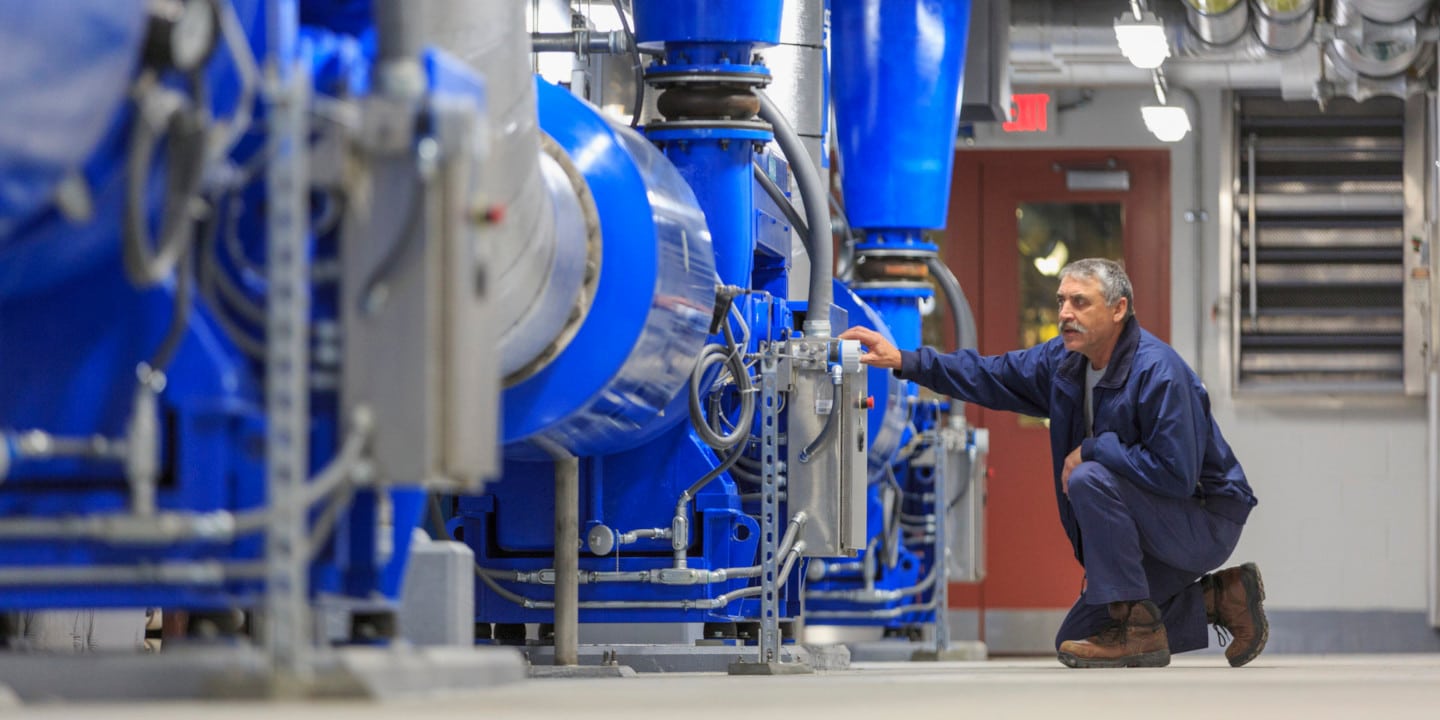
A facility’s fluid processing system is the lifeblood of a successful operation. If a vital element fails during operation, the cost of downtime can be detrimental to a project’s budget and timeline. On the other hand, a well-optimized system gives businesses a maximum return on their investment.
Follow along as we cover the basics of fluid processing systems, the key elements that drive their success, and how a digital twin system can help you get the most out of your fluid processing system.
A fluid processing system is a network of pipes and machinery that handles fluids throughout a facility. Systems are used to facilitate heating and cooling, store and transport fluids, process products, mix fluids from several sources, and collect and store finished products.
Fluid processing systems are made up of several elements, and are available in multiple designs. With so many possible configurations, understanding your system’s specification needs is key to meeting your objectives.
Every fluid processing system is made up of three main components: pump elements, process elements, and control elements.
These elements all work with each other to handle, process, and transfer fluids throughout your system. To better understand how fluid processing systems work, you will need to understand the purpose of each element.
A system’s pump elements move fluid to its destination and include a pump, drive, seals, bearings, coupling, and baseplates.
Each pump element has a different role in providing the energy required for fluid to move freely throughout the system. For example, when chilled water needs to move through an HVAC system, a pump will help to push it through, gathering hydraulic energy simultaneously.
A system’s process elements help finalize and store fluid products. Process elements include heat exchanges, filters, mixers, reactors, distillation columns, tanks, vessels, and cooling towers.
Unlike some other elements, process elements perform single tasks within a more complex processing system. That makes it common for multiple of each element to be placed throughout a system’s network. In industries like food and beverage, this includes multiple stages of fluid processing, all using similar elements at different stages.
Control elements are used to regulate a system’s energy output and efficiency. Although these elements typically have a more complicated control loop, they can be as simple as a manual on/off switch or throttle valve.
Systems that use a control loop rely on instruments that provide measured values, a set point controller, and a final control element. For example, systems moving oil or gas will have control elements monitoring volume and pressure, providing fail-safes for potential issues, and ensuring a product is moved efficiently.
Your systems performance is vital to your business’s financial and operational success. By creating a digital twin using PIPE-FLO from Revalize, a fluid system modeling and simulation software, your team can keep a closer eye on your system’s efficiency and overall performance.
Digital twin programs create a highly accurate simulation that provides insight into how your system is performing and how it could be improved. These simulations collect data on your system’s energy efficiency and calculate the cost associated with each element so that you can adjust your system or budget accordingly.
A digital twin also allows your team to build and test your system before it’s ever installed to make sure it’s running properly from day one. PIPE-FLO partners with over 100 pump manufacturers to provide a comprehensive catalog of pump options. Access to this catalog saves design time while ensuring your team is working with exact parts specifications.
Given the amount of time and money invested in your fluid processing system, you should get the most out of every element. Digital twin programming gives your team the tools they need to optimize efficiency and return on investment.
Contact us to learn more about how PIPE-FLO by Revalize can improve your system and protect your facility’s bottom line.